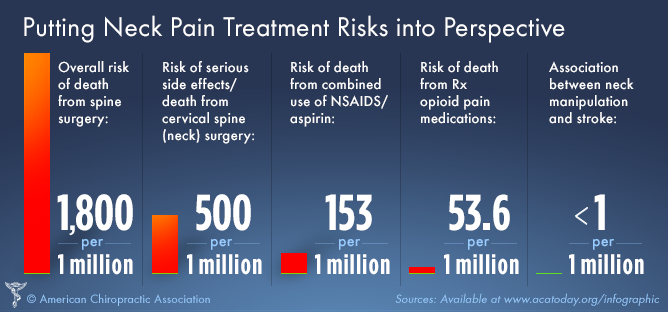The Science Behind Cold Laser Therapy: Comprehending Its Mechanisms And Impacts
The Science Behind Cold Laser Therapy: Comprehending Its Mechanisms And Impacts
Blog Article
Uploaded By-Rosendahl Peters
You may have become aware of cold laser treatment as a promising treatment option for various problems, however have you ever before questioned how it actually deals with a cellular level? Recognizing the systems behind this therapy can shed light on its efficiency in promoting recovery and minimizing swelling. By exploring the scientific research behind cold laser therapy, you'll gain understandings right into the remarkable ways in which light can influence mobile processes and promote tissue repair work.
Exactly How Cold Laser Therapy Works
To comprehend exactly how cold laser therapy functions, you need to comprehend the basic principles of exactly how light power connects with organic cells. Cold laser treatment, likewise known as low-level laser therapy (LLLT), makes use of specific wavelengths of light to pass through the skin and target underlying tissues. Unlike the extreme lasers used in surgeries, cold lasers release low degrees of light that don't generate heat or trigger damages to the tissues.
When coolsculpting wilton get to the cells, they're absorbed by parts called chromophores, such as cytochrome c oxidase in mitochondria. This absorption activates a series of organic responses, including increased mobile power production and the launch of nitric oxide, which enhances blood circulation and decreases inflammation.
In addition, the light power can additionally promote the production of adenosine triphosphate (ATP), the power currency of cells, helping in cellular fixing and regrowth processes.
Fundamentally, cold laser treatment utilizes the power of light power to promote healing and minimize discomfort in a non-invasive and gentle manner.
Systems of Activity
Just how does cold laser therapy really function to generate its restorative effects on biological tissues?
Cold laser therapy, also known as low-level laser therapy (LLLT), operates with a procedure known as photobiomodulation. When the cold laser is related to the skin, the light power passes through the tissues and is absorbed by chromophores within the cells.
These chromophores, such as cytochrome c oxidase in the mitochondria, are then promoted by the light power, causing a cascade of biological responses. One essential mechanism of activity is the improvement of mobile metabolic process.
The absorbed light energy enhances ATP production in the mitochondria, which is essential for mobile function and repair service. Furthermore, https://professionalchiropracticc49483.loginblogin.com/36995787/explore-the-future-of-healing-with-cold-laser-treatment-an-extraordinary-approach-that-guarantees-outstanding-discomfort-alleviation-and-cells-recuperation-exceeding-anything-experienced-before helps to reduce inflammation by inhibiting inflammatory conciliators and advertising the launch of anti-inflammatory cytokines.
This anti-inflammatory effect contributes to discomfort alleviation and tissue recovery.
Restorative Impacts
Recognizing the therapeutic effects of cold laser treatment involves recognizing exactly how the boosted cellular metabolism and anti-inflammatory properties contribute to its favorable results on biological cells.
When the cold laser is related to the damaged area, it boosts the mitochondria within the cells, bring about raised manufacturing of adenosine triphosphate (ATP), which is essential for mobile feature and repair service. This increase in cellular energy speeds up the healing procedure by promoting cells regeneration and lowering swelling.
Moreover, the anti-inflammatory homes of cold laser treatment help to reduce discomfort and swelling in the targeted location. By preventing inflammatory arbitrators and promoting the release of anti-inflammatory cytokines, cold laser treatment aids in easing discomfort and improving the overall recovery response.
This reduction in inflammation not only gives instant alleviation yet also sustains long-term tissue repair.
Verdict
To conclude, cold laser therapy functions by promoting mobile repair work and tissue regrowth through photobiomodulation. Its anti-inflammatory buildings offer discomfort alleviation and reduce swelling by hindering inflammatory conciliators.
This therapy supplies a thorough approach to healing, providing both prompt relief and long-lasting tissue fixing benefits.
Via its devices of action, cold laser therapy confirms to be an efficient and appealing therapy alternative for a variety of problems.
